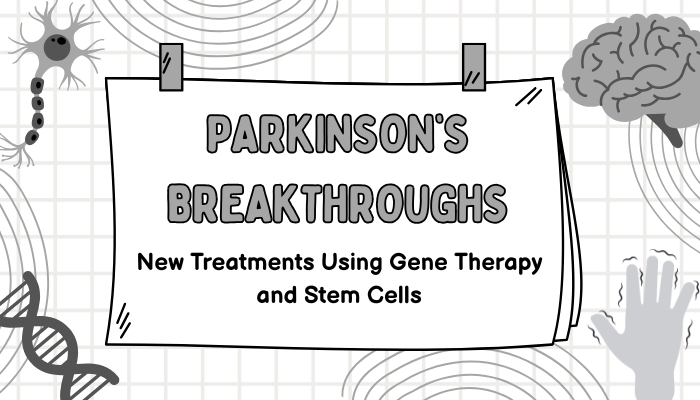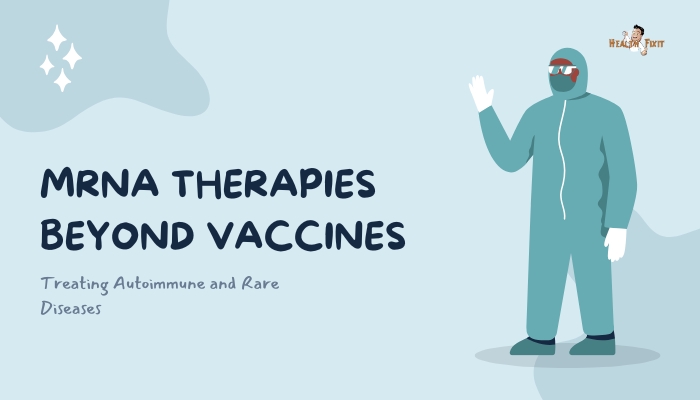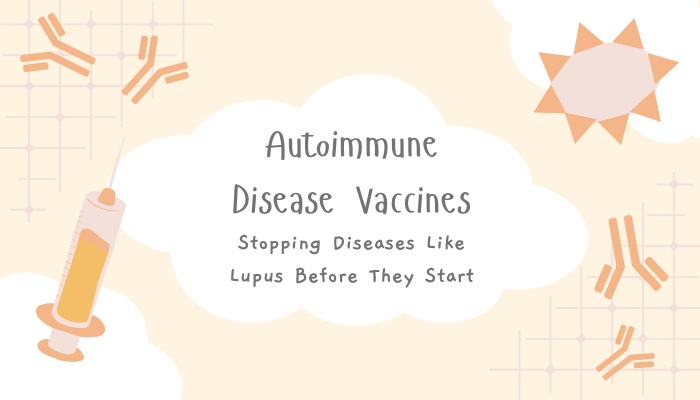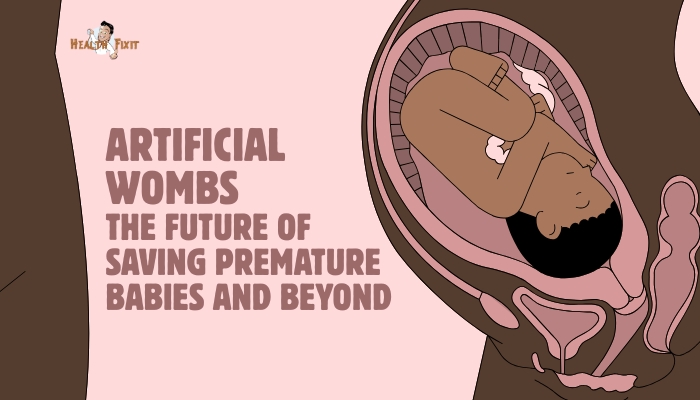Introduction
Parkinson’s disease (PD)—marked by tremors, rigidity, and slowness of movement—stems from progressive loss of dopamine-producing neurons in the brain.
Traditional therapies like levodopa mitigate symptoms but fail to halt underlying neurodegeneration.
Now, gene therapy and stem cell research promise next-level approaches that aim to restore or replace damaged neurons, potentially changing the course of this condition.
This article delves into the science behind these breakthroughs, their current status in trials, and the challenges we face on the path to a truly disease-modifying treatment for Parkinson’s.
The Need for Next-Generation Parkinson’s Treatments
Limits of Conventional Drugs
For decades, dopaminergic drugs (like levodopa) have alleviated PD’s motor symptoms. Over time, however, patients often experience diminishing returns, dyskinesias, and medication “on-off” fluctuations. Meanwhile, none of these medications slow or reverse neuronal death.
Targeting the Root Problem
Parkinson’s results from the degeneration of substantia nigra neurons. Ideal therapies restore functional dopamine levels at the source or replace lost neurons.
Gene therapy and stem cell approaches thus aim to fix or regenerate the brain’s core dopaminergic system, shifting from symptomatic relief to lasting restoration.
Gene Therapy: Reprogramming the Brain
Delivering Dopamine-Boosting Genes
One gene therapy approach uses viral vectors to deliver genes that boost dopamine production or help surviving neurons function better.
For instance, AAV (adeno-associated virus) vectors can carry enzymes essential for dopamine synthesis (e.g., tyrosine hydroxylase)
Early trials in PD patients show safety and some improvement in motor function.
Neuroprotective and Disease-Modifying Genes
Another angle involves introducing growth factors (like GDNF) or protective genes that shield neurons from degeneration.
Such therapies strive to preserve the nigrostriatal pathway. Despite promising animal data, translating consistent benefits in humans has proven tricky, but research continues.
CRISPR for Parkinson’s?
While still largely experimental, CRISPR-Cas9 might one day correct or mitigate genetic mutations linked to familial Parkinson’s (e.g., LRRK2 variants). This approach is early, requiring precise targeting to avoid off-target edits and potential neurological side effects.
Stem Cell Therapies: Replacing Lost Neurons
Dopaminergic Neuron Transplants
Stem cells—pluripotent or derived from adult sources—can be coaxed into dopaminergic neurons in vitro.
Implanting these into the striatum aims to restore dopamine circuits. Past approaches using fetal tissue had mixed results but fueled current generation trials with more standardized cell lines.
Induced Pluripotent Stem Cells (iPSCs)
By reprogramming a patient’s own cells, scientists avoid immune rejection issues. iPSC-derived neurons, carefully quality-tested, might replace lost substantia nigra cells. Several phase I/II clinical trials are underway, evaluating safety, integration, and whether transplanted cells truly form functional connections.
Glial-Derived Cells and Support
Some therapies involve transplanting supportive glial or astrocyte-like cells that secrete protective factors, promoting existing neuron health. Combining dopaminergic replacements with neurotrophic support might yield synergistic benefits.
Early Results and Challenges
Clinical Trials Landscape
- Gene Therapy Trials: Various vectors delivering dopaminergic or neurotrophic genes are in phase I/II. Some show modest motor function improvement, but results vary.
- Stem Cell Implants: Trials in Japan, Europe, and the US are evaluating iPSC-based or embryonic stem cell–derived neurons. Preliminary data hint at feasible safety, but how well the cells integrate long-term remains uncertain.
Immune Response and Rejection
Even with autologous iPSCs, immune responses or inflammatory complications can arise. Gene therapies can provoke immune reactions against viral vectors. Minimizing adverse events requires advanced vector design and immunosuppressive protocols.
Overcoming Graft Dyskinesia
Past fetal tissue transplants sometimes caused uncontrollable involuntary movements, an outcome of improper or uneven dopamine release. Achieving balanced dopamine distribution and correct synaptic integration is crucial to avoid such complications.
The Future of Regenerative Parkinson’s Therapy
Combination Approaches
Synergy might come from combining gene therapy to protect existing neurons, while simultaneously transplanting new dopaminergic cells.
Or co-administering growth factors with CRISPR-based edits to correct underlying genetic risk factors, aiming for maximal functional restoration.
Personalized Medicine
Tailoring interventions to each patient’s disease stage, genetic profile, or specific symptom patterns is a likely next step.
Some patients might benefit more from protective gene therapy, while others need robust cell replacement if their disease has progressed significantly.
Realistic Timelines
While hype is strong, widespread clinically validated gene or stem cell therapies for PD may still be years away.
Slow-moving motor improvements, the complexity of bridging the blood-brain barrier, and regulatory hurdles loom. But steady progress continues, fueled by major biotech and academic efforts.
Practical Considerations for Patients
- Stay Informed: If you have PD, watch for clinical trial opportunities—particularly in specialized centers exploring advanced therapies like gene or cell transplants.
- Discuss with Specialists: Movement disorder neurologists can provide balanced views on emerging research. Some trials may require traveling to major research hospitals.
- Manage Expectations: Current standard-of-care (meds like levodopa, DBS) remain the mainstay. Gene or stem cell treatments are experimental, with uncertain timelines or outcomes.
- Lifestyle Integration: Even with new therapies, exercise, physical therapy, and balanced diet remain crucial to optimize function and potentially slow progression.
Conclusion
Gene therapy and stem cell interventions for Parkinson’s disease—once science fiction—are edging closer to reality. They hold promise for reintroducing dopamine neurons,
preserving existing ones, or halting the disease’s relentless march at its root. While real barriers persist—immune reactions,
stable graft integration, and the complexities of brain circuitry—the drive to find a genuine disease-modifying approach continues unabated. Should these breakthroughs overcome their final hurdles
patients could soon see a future where managing Parkinson’s doesn’t just treat symptoms but aims to truly restore lost motor function and independence.
The journey is ongoing, but the glimpses of possibility bring hope for millions impacted by this neurodegenerative condition.
References
- Barker RA, et al. Cell-based therapies for Parkinson’s disease: from promise to clinical trials. Nat Med. 2019;25(7):1045–1055.
- Kordower JH, et al. Fetal grafts in Parkinson’s disease: their impact, successes, and challenges. Mov Disord. 2020;35(10):1758–1767.
- Kubben T, et al. Gene therapy in Parkinson’s disease: an update. Mol Ther Methods Clin Dev. 2021;21:121–134.
- Parmar M, et al. Advancing stem cell-based therapies for Parkinson’s disease. Nat Commun. 2020;11(1):1903.
- Rivetti di Val Cervo P, et al. Induced dopamine neurons for Parkinson’s disease modeling and therapy. Prog Neurobiol. 2021;201:102026.
- Kelly CM, et al. Stem cell-based therapies for Parkinson’s disease: current status and future outlook. Front Cell Neurosci. 2021;15:662967.
- Kordower JH, et al. Disease modifying strategies in Parkinson’s disease: gene therapy, cell replacement, and more. Neurotherapeutics. 2020;17(4):1542–1573.
- Martinez T, et al. The role of CRISPR-Cas9 in treating genetic forms of Parkinson’s. Brain. 2022;145(3):776–789.
- Freed CR, et al. Graft-induced dyskinesias in transplanted Parkinson’s disease patients: understanding the cause. Mov Disord. 2021;36(6):1354–1361.
- Fox SH, et al. Current approaches for the management of Parkinson’s disease: from standard to advanced therapies. Mov Disord Clin Pract. 2020;7(4):433–445.







